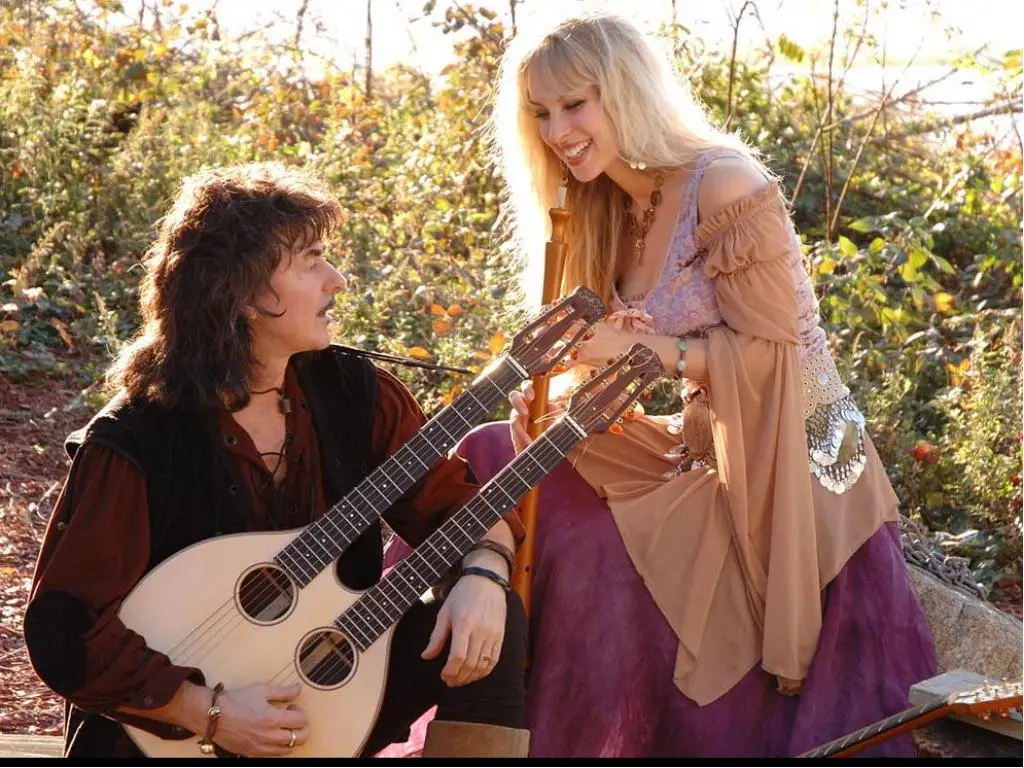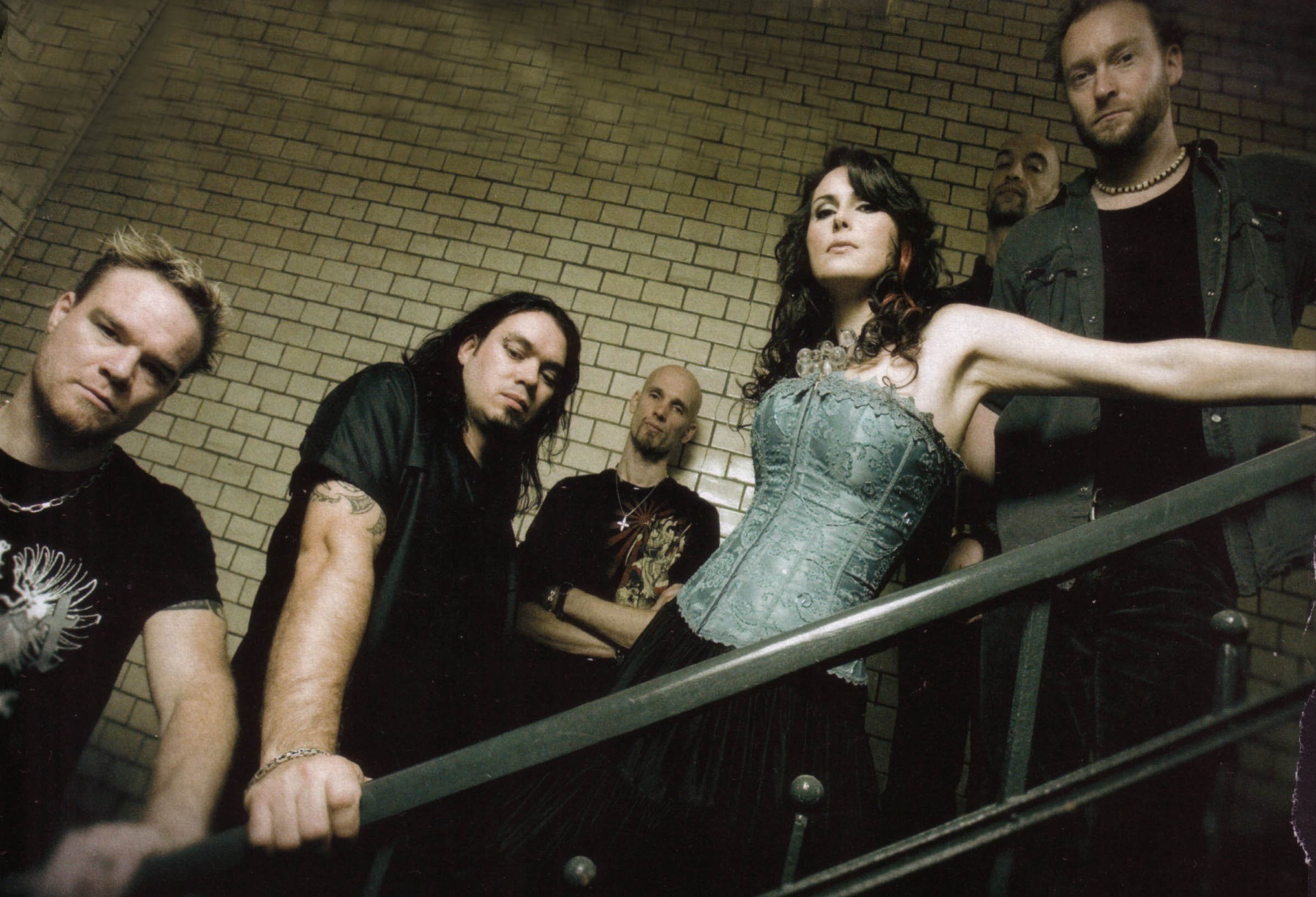Drawing on classic rock, modern rock and Celtic influences, the genre of Celtic rock, which was born in the 1970s, is a blend of folk and rock, that, despite its name, wasn’t created exclusively by people hailing from the United Kingdom. Celtic influences can be found in the music of folk-rock bands from many other countries in Europe, including Germany, Finland, Sweden and the Netherlands.
Celtic culture hails back to ancient times. During the late Bronze Age, the people now known as the Celts lived in central Europe and around the Mediterranean. During the Iron Age, they moved north to settle in what is now Great Britain. There, they learned how to craft tools out of iron. They also learned how to make instruments to accompany their singing, the result of which was a new and beautiful kind of music.
Classic rock music is a much newer genre. Originating in the early 1950s, the genre gained its name in 1955 when a disc jockey named Alan Freed coined the term “rock and roll.” Since then, rock music has long been associated with a certain lifestyle, and, among other derogatory terms, has even been called the “devil’s music,” as the style has been (and still is) often associated with being promiscuous and doing drugs. Although the stigma around rock music has faded a lot in recent decades due to its cultural pervasiveness, when rock music first entered the music scene in the 1950s, there were many people who found the genre’s most popular songs offensive and even sinful.
Celtic rock, or European rock (to use a broader and more inclusive term), came about when bands in Ireland, England and Scotland decided to combine traditional Celtic folk music with elements of the new rock and roll genre. Using traditional Celtic instruments such as the harp, flute, tin whistle and the fiddle alongside rock instruments such as guitar, bass and steel drums, Celtic bands and singers such as Donovan, Thin Lizzy and Horslips created a sort of “fusion” of traditional Celtic folk music and classic rock and roll in the 1970s.

As of 2017, there are many successful European rock bands producing Celtic-influenced songs and albums; Blackmore’s Night, Leaves’ Eyes, Enter the Haggis and Within Temptation are just a few examples. Although there are plenty of people who have not discovered European folk rock music, the popularity of some Celtic folk-rock groups across Europe and the United States is a testament to the relevance of this new style.
Blackmore’s Night is a band that draws on both classic rock and Celtic folk music. The band’s lead singer, Candice Night, is an American vocalist and lyricist. She is married to the band’s guitarist, British rock legend Ritchie Blackmore. Before co-creating Blackmore’s Night with his wife, Ritchie Blackmore played guitar for the rock bands Rainbow and Deep Purple. The combination of Night’s Celtic-inspired lyrics and vocals and Blackmore’s rock-influenced guitar tracks gives the band its unique folk-rock sound.
Blackmore’s Night has created ten studio albums as of 2017. Their debut album was released in 1997, and was titled “Shadow of the Moon.” Some of their other popular albums are “Secret Voyage,” “Fires at Midnight” and their most recent album, “Dancer and the Moon.” Many of the songs on these albums contain lyrics or melodies taken directly from traditional folk songs or stories from across Europe. In fact, one song, “The Clock Ticks On,” was one of the first songs composed by Night and Blackmore, and contains a melody written in the 1500s by Tielman Susatto. Other songs, such as “Troika,” carry distinct Russian folk influence. “Toast to Tomorrow” is a drinking song with a medieval Celtic tone that is both upbeat and easy to dance to.
One of Blackmore’s Night’s most interesting songs is “Lorelei,” a ballad about the mythical German river goddess of the Rhine river. Lorelei is a beautiful water nymph with golden eyes who lures boatmen to her rock, where she seduces and drowns them. While the song’s quick tempo and whimsical tune make it seem upbeat and fun, the lyrics speak to the dark, mythical heart of Lorelei’s legend.
While Blackmore’s Night is based out of Great Britain at the heart of Celtic culture, there are many folk-rock groups in other parts of Europe that draw on Celtic music for inspiration. One example is the Dutch symphonic folk-rock group Within Temptation. Started in 1995, the ensemble originally had only two members—guitarist Robert Westerholt and vocalist Sharon den Adel. Temptation’s songs are known for telling stories. In fact, their 2011 studio work, “The Unforgiving,” was a concept album intended to tell an intricate story, and was accompanied by short films and comic books that helped tell the parts of the story left out of the songs.
Although Within Temptation has been called a symphonic-metal band and even a gothic-rock band, many of their songs contain elements of folk music. Some of Within Temptation’s most popular songs include “Ice Queen,” “Shot in the Dark,” “Jillian (I’d Give My Heart)” and “Sinéad.” The title of “Sinéad” comes from the Irish feminine name, which is the Celtic equivalent of the English name Janet.
Another iconic European folk-rock band with notable Celtic influences is Nightwish. Although this group has been classified as a symphonic metal band, the use of Celtic flutes, harp, tempos and melodies in songs such as, “Over the Hills and Far Away” (a cover of the original song by Celtic folk-rock musician Gary Moore), “Moondance” and “The Last of the Wilds” clearly point to the band’s love of Celtic folk music.
Like the majority of Within Temptation’s songs, Nightwish tends to write and perform songs that tell a story. “Over the Hills and Far Away” tells the story of a man wrongly accused of robbery, who is sentenced to ten years in prison. During that time, he writes letters to his lover, who he is forced to leave behind when he is taken away to be locked up. “The Islander” tells the mystical story of an old man living on a tiny island, and of his final voyage off the edge of the world. “Nemo,” which is Latin for nobody, is a song about a man who feels helpless and lost, as if the world has forgotten his name.
While all these singers and bands have their own distinct sounds, histories and even genre classifications, they have one thing in common: All of them have taken elements of traditional Celtic folk music and fused that with elements of classic and modern rock. The resulting genre is an exciting and unique blend, showing that combining the sounds of different cultures can result in new and wonderful styles of music.











[…] Read the full article from the Source… […]
[…] Read the full article from the Source… […]
Seven Nations. Father, Son and Friends. These are 2 of the greatest ever.